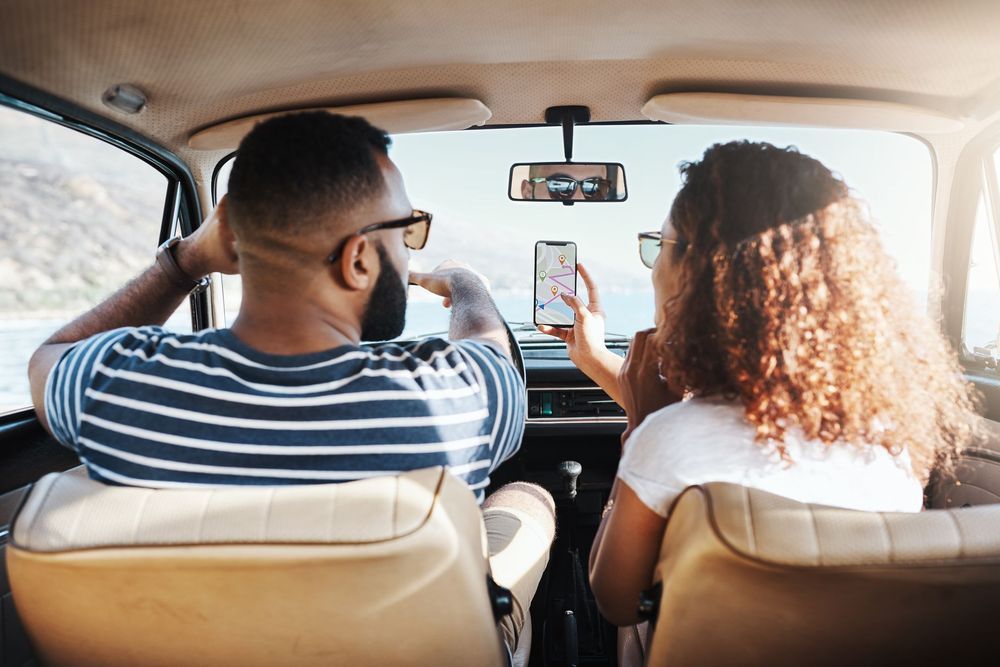
Most people understand geolocation marketing as using a device's location in order to deliver marketing messages. That's a solid, casual understanding of the concept. A casual basketball fan, watching a game, may notice a player shooting without understanding the reasons for their choices. The difference between a floater, a jumper, a dribble-pull-up, or a runner, all depend on the player's location on the court juxtaposed to the defense that player is facing. In other words, a good shot depends both on the situation and knowing which shot to take.
Similarly, geolocation mobile marketing depends on your marketing needs and knowing which tools to employ. Geolocation is the identification of the physical location of a device and the person who owns it. If a person has opted-in to using location services, their location data is captured via IP address, cell, GPS, Wi-Fi, or Bluetooth. This type of data is highly valuable. If you can identify where a device is, along with when and how the device is connected, then you can more efficiently communicate and deliver your brand's marketing message to that device.
GeoTargeting
Geotargeting sets up ad campaigns for potential customers who were in a given area on a given day. It is even more effective when the person is regularly in that area. Suppose someone uses a GPS traffic app on their phone to help their daily commute to work. Location data from the app may show that this person commutes daily to work in the downtown area of the city, close to a cafe. That same cafe may be preparing to roll out a new subscription-based coffee service which gives subscribers unlimited coffee for a monthly fee. That cafe could then use geotargeting to push ads to users who were in the downtown area recently. Getting even more specific, they could target users who were within a few miles of the cafe, as these users would be more likely to live or work close to the cafe, being more likely to take advantage of their subscription service.
Geofencing
Geofencing is a way of engaging with customers based on when that person - or device - crosses a predefined, virtual perimeter, or geo-fence. This type of geolocation mobile marketing is especially effective where businesses expect heavy traffic in the area. For example, a popular retail store chain is running a campaign to get more users to download its app. One of the incentives for downloading the app could be exclusive offers when shopping at participating stores. The retail chain then decides to run a holiday sale, at select locations, for its rewards members who have downloaded the store's app. One of its stores is located in an outdoor outlet mall. Using geofencing, the store could target messaging that notifies customers of the promotion when they pass through the location. This type of geolocation mobile marketing is also effective for companies who produce live events, including vendors who produce or sell goods and services at those live events.
Beacons
Beacons use Bluetooth-enabled devices to send signals and communicate with nearby devices. The upside of this technology is that it is makes location-based interactions (think marketing) incredibly easier and more accurate. The downside is that a device's Bluetooth must be turned on. Beacon technology can be employed in multiple ways based on your mobile marketing needs. Companies like Apple use beacon technology to communicate promotions and even order statuses to customers in the store. For vendors located in stadiums for live events, beacon technology makes it easier for customers to order concessions and have them delivered to their seats.
Bringing everything full circle, geolocation mobile marketing can even measure how effective your marketing campaign is using offline attribution. Using the cafe example, a customer who commutes downtown to work every day may be interested in the best coffee in that area. The customer does a search on their phone for, "best coffee downtown." Based on geotargeting, your ad appears. The customer clicks the ad, views it, and decides to download the cafe's app. The next day walking near the cafe, the customer receives a geo-fenced promotion about the cafe's subscription coffee service. The customer walks in, and the beacon technology in the cafe recognizes the same phone that initially clicked the ad. The result? An effective geolocation mobile marketing campaign.
For more information on how we can serve your geolocation mobile marketing needs, contact us today.







